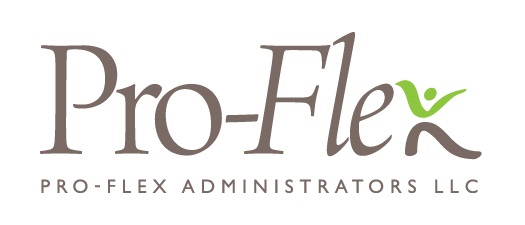To understand how Americans make decisions about their health plans, including whether to enroll in a health savings account (HSA), we thought it best to go straight to one of our most valuable sources—the intensive focus groups that were part of the research that went into our most recent consumer report, “Paying for Healthcare in America.”
We partnered with both Visa and Greenwald & Associates to run 12 separate focus groups across Boston, Dallas, Houston and Minneapolis. All the participants had an employer-based health plan, and we ensured they represented a mix of household income and gender. While everyone had access to a consumer-directed healthcare plan (CDHP) such as a FSA, HSA and HRA, not all of them had chosen to enroll in one.
When sitting down face to face with these Americans, we wanted to better understand their health plan decision-making processes, as well as their preferences and behaviors in using technology to manage healthcare spending accounts.
Here are some of the top things we learned from consumers about what they need from benefits professionals:
Simplified communication. “Sometimes the HR sessions just run long, and the information is so technical it just goes over my head,” one HSA user told us. We often heard feedback along these lines, with employees requesting an online portal that puts the easily digestible information front and center. For FSAs, this includes clarifying the difference between the $500 rollover and the grace period (or claims runout period). For HSAs, this includes the opportunity to invest funds (as one could with their 401K). To communicate the necessary disclosures and technical information, consider a more interesting and fun approach (e.g., videos with real people, sketches or Q&A sessions including coworkers, etc.).
Continued education and partnership with HR professionals. The smaller the company the more important the personal connection between HR rep and employee and the bigger the impact they may have on enrollment. Therefore, it is important that these professionals continue to have the most relevant and up-to-date information to remain a trusted source of information for employees. HR reps at smaller companies also wear multiple hats so it’s important that third-party representatives engage more with them (versus assuming they know more than they do). One focus group participant told us, “I wish it felt like my HR department was pursuing me to sign up for [a CDHP]…it just feels like they’ve met their quota and don’t need me.”
Friends- and family-inspired marketing and communication strategies. When determining what health plan is best for them, consumers told us they are most likely to trust friends and family. Said one, “Word of mouth or talking to people about it is the most useful.” To serve as a proxy for friends, family or coworkers, all of whom are key sources for information and inspirations for enrollment, it’s best to use pictures and videos of “real people” offering advice. These “real people” must come across as authentic in order for the value to be realized.
Customization to different types of people (personas). “HR reps are giving a presentation and sharing so much information, but none of it is personalized to me so I end up just sticking with what I have,” said one focus group participant who had opted not to sign up for an HSA, driving home the need for customizing communications. If the employee is “risk averse,” reinforce that most employers will let their employees sign up or adjust their HSA contributions monthly (not just limited to open enrollment). If the employee is concerned about the safety or security of their money, directly acknowledge these feelings and present the FSA/HSA account as offering protection (“security blanket”) when unexpected expenses come up. If the employee only associates HSAs with major medical expenses, highlight the breadth of HSA-eligible items, and how quickly these everyday expenses add up and the amount that could’ve been saved.
Verbiage around HSA “ownership.” “Where I go my money goes”—this was a key benefit for HSA users and a major point of concern for non-users. Avoid using formal or technical jargon (e.g., “portable”) in marketing and communication materials as this introduces confusion. Time and again, we found that the way things are wordedwith consumers is extremely important. E.g., when it comes to the unfortunately named “high-deductible health plan,” it’s worthwhile to create a more positive naming convention so that this benefit is associated more with its heath savings benefits than with a higher-deductible plan. Consider “low-premium health plan” or “HSA-qualified health plan.” This can serve to present the HSA as the hero or a benefit to a HDHP rather than a HDHP as the consequence to having an HSA.
Reminder of employer contributions when kickstarting HSA enrollment. Employer contributions offer a risk-free introduction to these benefits, reducing the feelings of stress and anxiety around identifying the best amount to contribute and the value of the benefits themselves while also giving consumers an opportunity to experience the benefits firsthand. As one focus group participant told us, “Employer contributions are really important for getting started…the amount I spend is generally what my employer contributes so what I personally put in is more like ‘savings.’” Said another, “If my employer is giving me money, why wouldn’t I take advantage of it?”






